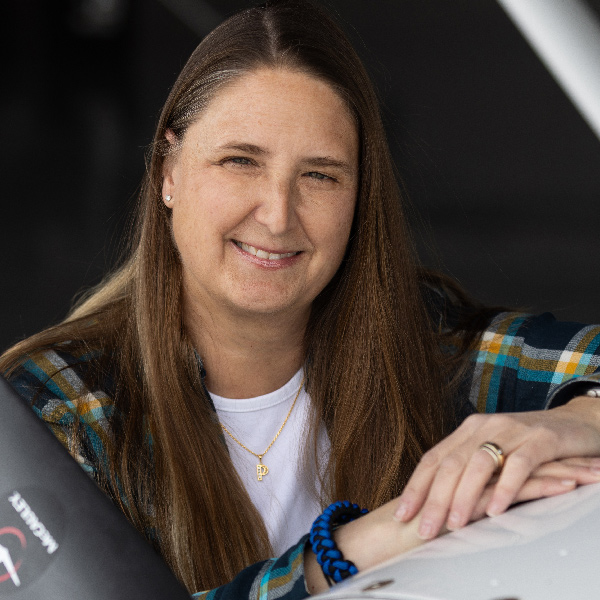Coming out of hibernation
PAVE your way to a perfect first flight of the season

But before you jump into the left seat, take a moment to think about the last time you did so, and if your knowledge and skills now are up to the task. Are you proficient? Are you even legal? What are some of the things you need to consider as you get your aircraft and yourself out of winter hibernation? There are a few critical items on your to-do list before you launch.
One handy checklist to keep at hand is PAVE. Remember? That’s the one where you go through the risk factors that will ensure your first flight of the new season is not your last.
Pilot
Let’s say you spent the winter on the sofa bingeing Netflix. Your pause from the flight controls has surely led to a bit of rust forming in your aviation muscles. What is the right go-around procedure again? Where do I keep the spare oil? How does the autopilot work? Is best glide 68 knots or 86 knots?
If you have any doubt about the answer to any of these questions (and even if you don’t), why not consult a flight instructor to talk things through, maybe get some ground instruction, or take her for a spin to show off your moves? It’s also a good idea to take a moment and revisit your personal minimums. Do you still really feel confident landing in a 20-knot crosswind? On a 2,000-foot grass runway? At night?
With a cold front moving in?
Aircraft
We all know our own aircraft best. But, like you, your aircraft probably needs some love to get it back into ship-shape and shiny. Check all the logs and documents to make sure they’re current and updated. (Insurance didn’t expire, did it?) Take some time to, for example, check to see that no critters have chewed through the alternator belt or the fuel lines, and no birds have taken up residence under the cowling. If you can, get your friendly A&P to do a once-over—it’s always prudent to have a professional opinion.
EnVironment
Spring can be fickle in many parts of the country. For example, in the northern latitudes of the United States the season rotation in the first half of the year varies from ice and wind, through two bouts of fake spring, followed by a hot and humid thunderstorm-y summer. For your first foray of the new year, make sure you catch a day when the weather is stable, and promises to remain so beyond your anticipated return time. Avoid conditions that you are not prepared to deal with such as VFR into IMC—the most fatal weather-related accident category.
External pressures
You don’t want your first flight of the season to be a stressed-out diabolical nightmare because you absolutely must get back for Aunt Agatha’s eightieth birthday party. (And honestly, don’t schedule it for the day after, either.) Ensure that you’ve got enough time to thoroughly prepare for your outing. Plan your flight intentionally and carefully to avoid feeling any kind of pressure or appointment anxiety.
Once you’ve shaken off your winter rust and your trusty winged steed has settled into its summer groove—perhaps offer to take Aunt Agatha for a ride? 


 airsafetyinstitute.org/vfrcontract
airsafetyinstitute.org/vfrcontract

